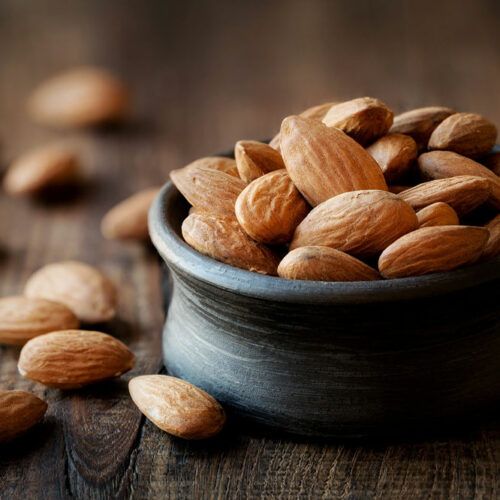Reasons why you shouldn’t worry about aging

Aging is a part of life; there is nothing to worry about if you know what to expect and how to prepare for it in advance. Indeed, you may not be as strong and suffer from aches and pains more often. However, by ensuring that you take care of your health now, you can slow down your body’s aging process. Read on to know more about aging, its signs, and how to take care of yourself. What are the signs of aging? Aging is a subjective process and can not be generally categorized. Aging is associated with psychological, biological, and physiological changes. The most easily noticeable and early signs of aging are graying of hair followed by drastic changes that affect the working and functioning of a person. However, with timely medical check-ups, proper diet, and exercise you can ensure that you are healthy and prepared for anything that aging throws at you. What happens when you age? As mentioned above the human body goes through a multitude of changes. The heart, bones and joints, muscles, brain, digestive and urinary tracts, and senses weaken with age and do not perform optimally. The heart is especially affected by age as its muscles begin to stiffen leading to heart problems and high blood pressure.






